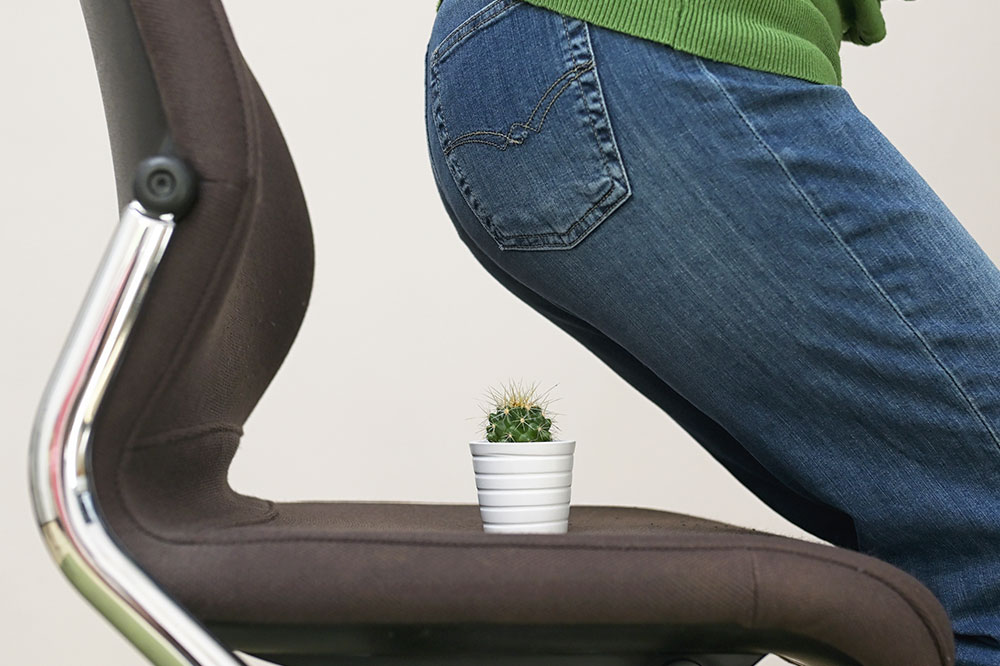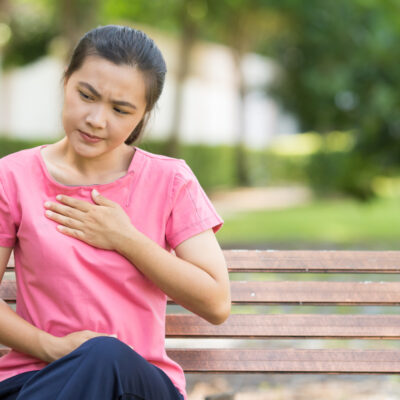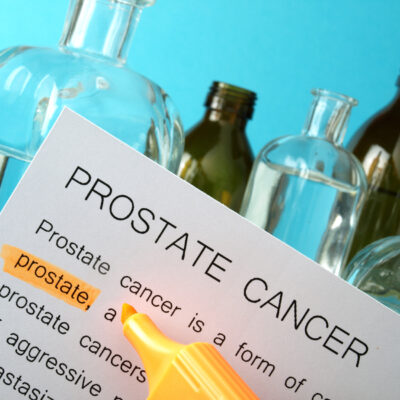
Different Types and Warning Signs for Hemorrhoids
Hemorrhoids, commonly known as piles, aren’t rare. It’s a common condition that people develop. People only realize when it gets worse and causes problems. People with hemorrhoids bleed while passing stool, have pain, and develop other symptoms by the time they turn 50. Women primarily develop the symptoms of hemorrhoids during pregnancy. We have clumps of veins in and around our anus and lower rectum. These can get stretched with pressure.
When they swell or bulge, they’re called hemorrhoids. In this article, let’s understand the signs and symptoms of hemorrhoids.
Signs and symptoms of hemorrhoids
1. Common symptoms
One of the most common signs and symptoms of hemorrhoids is the painless bleeding you get when you go to the bathroom. If you get hemorrhoids, you may notice a little blood on the toilet paper or in the bowl. Sometimes, your bottom may itch or hurt. You can get tiny bulges around your anus too. However, you must keep in mind that hemorrhoids aren’t always the only reason for these symptoms. Hence, it is suggested to see a doctor to rule out other problems.
2. External hemorrhoids
People with external hemorrhoids can have a range of symptoms. Further, the symptoms can also vary based on the severity of the condition. Some of the symptoms of external hemorrhoids include itching around the anus or rectal area, pain or lumps, and blood in the stool. When using the bathroom, you may also notice bleeding. This includes seeing blood in the toilet or on toilet paper. Further, you will feel lumps around the anus if they are swollen.
3. Internal hemorrhoids
Internal hemorrhoids develop inside the rectum. One cannot see or feel internal hemorrhoids. Internal hemorrhoids generally do not hurt because most of the pain-sensing nerves are not present in such locations. During internal hemorrhoids, you will see blood in your stool, on toilet paper after you wipe, or in the toilet bowl. When you poop, the tissue that bulges outside your anal opening or prolapse may hurt often. In some cases, you might also see prolapsed hemorrhoids as moist bumps. These moist bumps are pinker than the surrounding area. Such bumps usually go back inside on their own.
4. Thrombosed hemorrhoids
As we know, hemorrhoids are enlarged vascular tissues in the anus and lower rectum. If blood pools in an external hemorrhoid and forms a clot or thrombus, it is known as thrombosed hemorrhoids. The condition of thrombosed hemorrhoids isn’t dangerous, but it is very painful. Thrombosed hemorrhoids can result in severe pain, swelling, inflammation, and a hard lump near your anus.
In brief, these are the key signs and symptoms of hemorrhoids. If not treated or not recovered from within the stipulated time, hemorrhoids can lead to multiple complications, including anemia and strangulated hemorrhoids.


